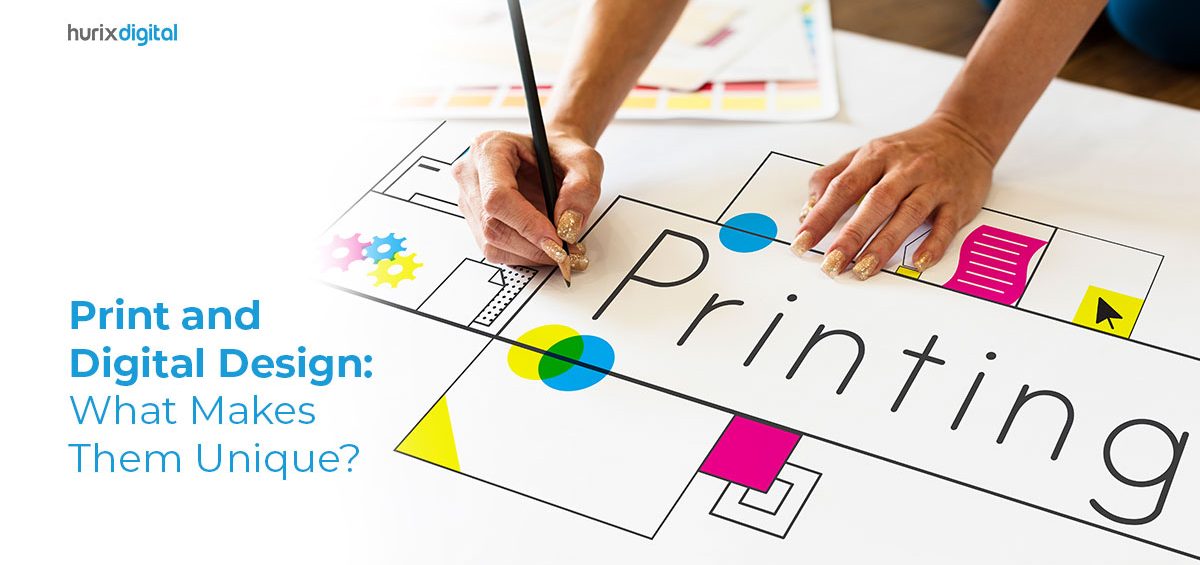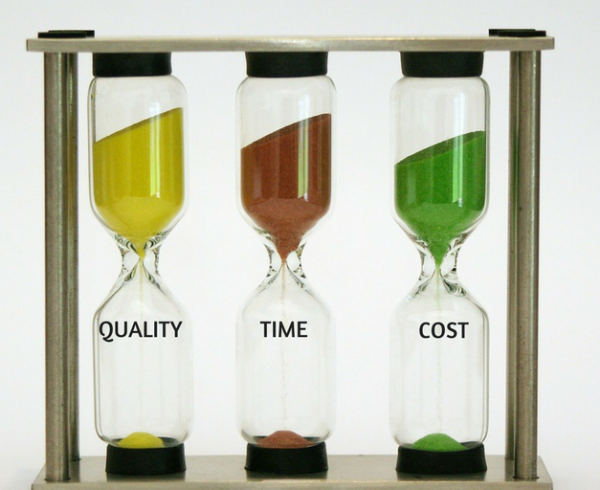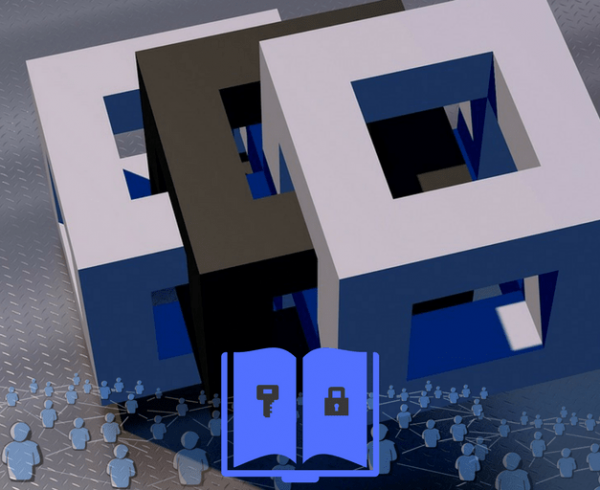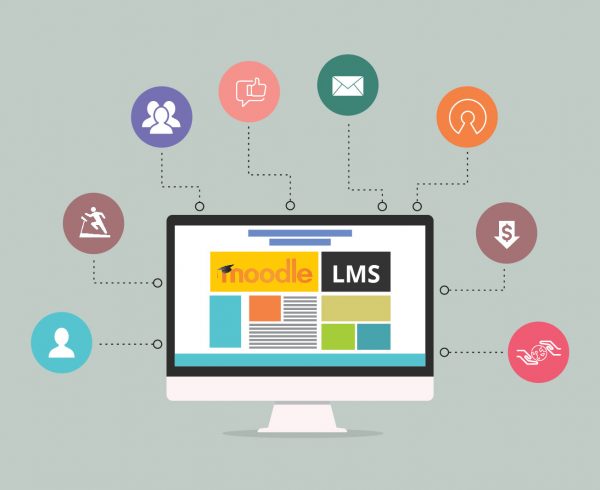Summary
This article discusses the differences and similarities between print and digital design, as well as the importance of both design disciplines.
Print and digital design differ in several ways, while there are some similarities between print and digital design, the two disciplines require different skill sets and approaches due to the unique characteristics of the mediums, the intended audiences, and the final outputs. Here are some key differences between print and digital design:
- Medium: Print design is created for physical, printed materials such as books, magazines, brochures, and posters, while digital design is created for electronic media such as websites, mobile apps, and social media platforms.
- Design process: Print design often requires a more meticulous design process, including careful consideration of printing processes, paper stock, and other physical factors that can affect the final product. Digital design, on the other hand, is often more flexible and allows for faster iteration and testing.
- Intended audience: Print design is often targeted toward an older, more traditional audience, while digital design is often targeted toward a younger, more tech-savvy audience.
- Typography: Typography plays a critical role in print design since printed materials need to be legible at different sizes and from various distances. In digital design, typography is also important but designers often have more flexibility because viewers can easily zoom in or out of digital content.
- Output: Print design requires high-resolution, high-quality output that can be physically held and viewed from different angles and distances. Digital design output can vary depending on the device, screen size, and resolution.
- Interactivity: Digital design often allows for interactivity, such as clickable buttons, scrolling features, and animations, while the print design is generally static.
What is Print Design?
Print design has a long history and has been used for a wide range of applications over the years. From books and magazines to posters and packaging, print design has played a critical role in shaping our visual culture.
Print designers use software such as Adobe Illustrator, Photoshop, or InDesign to create designs that are optimized for print. They must consider factors such as the size, resolution, and color mode of the final print product, as well as the type of paper or material it will be printed on.
In addition to creating visually appealing designs, print designers must also ensure that their designs effectively communicate the intended message to the audience. They may need to consider typography, layout, color theory, and other design principles to create a cohesive and impactful design.
Overall, print design requires a combination of technical skills and creativity to create designs that are not only visually stunning but also effective in achieving their intended goals. With the rise of digital media, print design has evolved in new and exciting ways, but it remains an important and influential form of visual communication.
Also Read: Tips And Best Practices For Converting Content Formats From Print To Digital
What is Digital Design?
Digital design is the process of creating visual content and user experiences using digital tools and technologies. It encompasses a wide range of design disciplines, including web design, graphic design, UI/UX design, motion graphics, and more.
Digital design involves using software tools such as Adobe Photoshop, Illustrator, Sketch, and Figma, as well as coding languages such as HTML, CSS, and JavaScript. It may also involve the use of other technologies such as virtual and augmented reality, artificial intelligence, and machine learning.
Digital designers create visuals that are intended to be viewed on electronic devices, such as computers, smartphones, and tablets. They are often focused on creating a user-friendly experience that is visually appealing, functional, and optimized for the specific device or platform being used.
Digital design has become increasingly important in today’s world as more and more people use digital devices to consume information and engage with content. From website design to mobile app interfaces, digital design plays a critical role in shaping our digital experiences.
Graphic Design Print
Graphic print design refers to the process of creating visual designs that will be printed on physical surfaces or materials. This can include everything from business cards and flyers to billboards and packaging designs.
Graphic designers for print typically use software such as Adobe Illustrator, Photoshop, or InDesign to create designs that are optimized for print. They must consider factors such as the size, resolution, and color mode of the final print product, as well as the type of paper or material it will be printed on.
Designers for print may also need to work closely with printers or printing companies to ensure that the final product meets their specifications and is of high quality. They must understand the different printing processes and techniques, such as offset printing, digital printing, or screen printing, and how to prepare their designs for each process.
In addition to creating visually appealing designs, graphic designers for print must also ensure that their designs effectively communicate the intended message to the audience. They may need to consider typography, layout, color theory, and other design principles to create a cohesive and impactful design.
Difference Between Digital Art and Graphic Design
Digital art and printing art are two different types of art, with distinct characteristics and processes involved.
Digital art is created using digital tools and software on a computer or mobile device. It can be created using various techniques such as drawing, painting, and photography. The artist uses a digital pen or stylus to create the artwork, which can be saved in a variety of digital file formats such as JPEG, PNG, and PSD. Digital art is often characterized by its ability to be easily edited and reproduced, making it a popular choice for commercial projects, such as advertising and graphic design.
Printing art, on the other hand, refers to the process of transferring an image or artwork onto a physical surface, such as paper or canvas, using various printing techniques. It can involve methods such as screen printing, lithography, or etching, among others. Printing art involves creating a physical plate or template of the artwork, which is then used to produce multiple copies of the same image. Printing art is often characterized by its ability to produce high-quality, tactile, and long-lasting images, which can be used for fine art prints or mass-produced commercial products, such as posters or book covers.
Print Design vs Digital Design
Print design is focused on designing materials that will be printed on physical surfaces, such as paper, fabric, or plastic. Examples of print design materials include business cards, brochures, packaging, and posters. Print designers must consider the medium, color scheme, typography, and layout to ensure that the final product is visually appealing and effectively communicates the intended message. Print design must also consider printing techniques, such as color matching and resolution, to ensure that the final printed product looks as intended.
Digital design, on the other hand, focuses on designing materials that will be viewed on electronic screens, such as websites, mobile applications, and digital advertising. Digital designers must consider factors such as screen resolution, color calibration, user experience, and responsiveness when designing digital materials. Digital designers often work with web development teams to ensure that their designs are functional and user-friendly across a variety of devices and platforms.
Conclusion
In conclusion, print and digital design each possess unique characteristics that set them apart. While print design offers a tangible and tactile experience, the digital design provides interactivity and dynamic possibilities. Understanding the strengths of each medium allows designers to create impactful and effective experiences that cater to the specific demands and preferences of their target audience.
Hurix Digital is focused on digital content solutions, such as e-learning content development, digital marketing, and publishing services. Hurix is committed to staying up-to-date with the latest print industry trends and technologies, which includes keeping our team members trained on the latest updates and features of InDesign. It ensures that we are capable of leveraging the full potential of the software to create high-quality digital designs, print designs, layout designs, and typesetting services for our clients.
Get in touch with us to know more.











